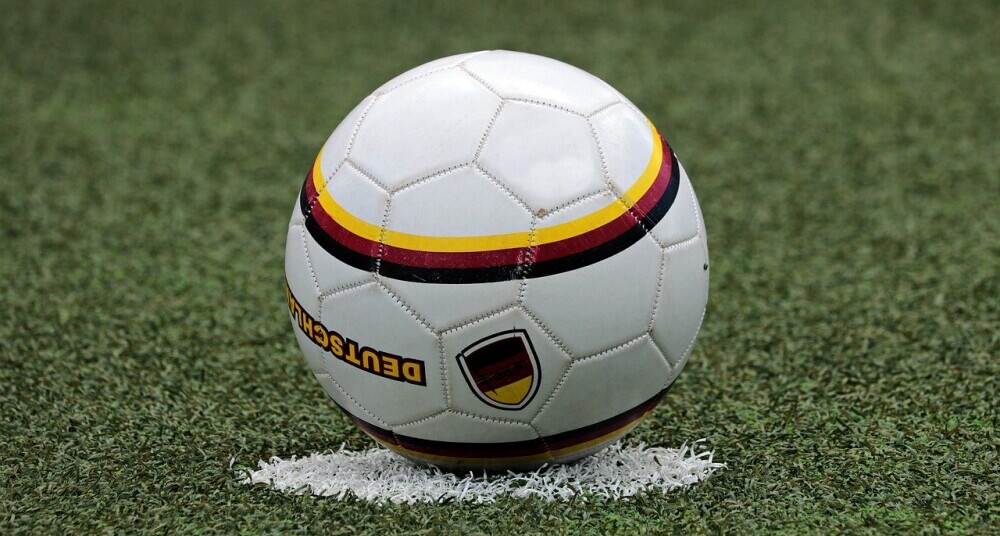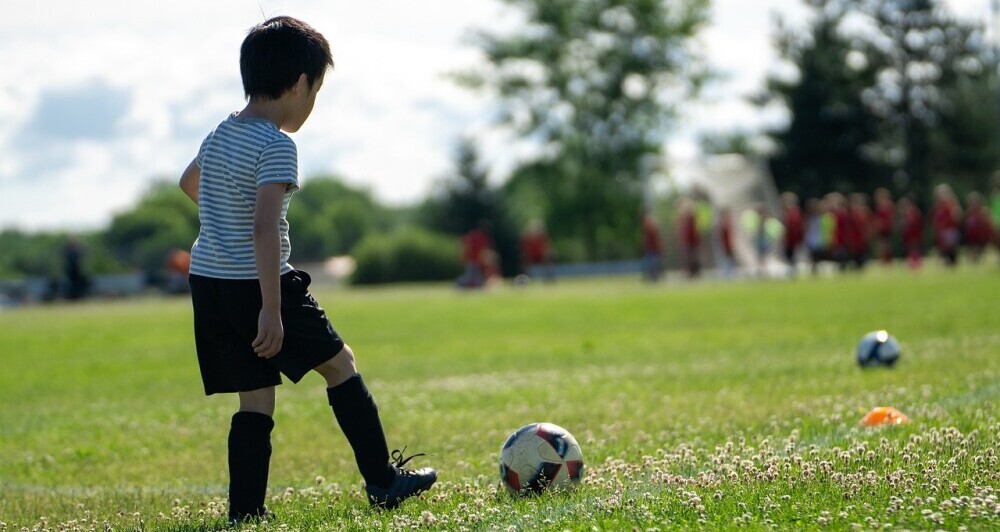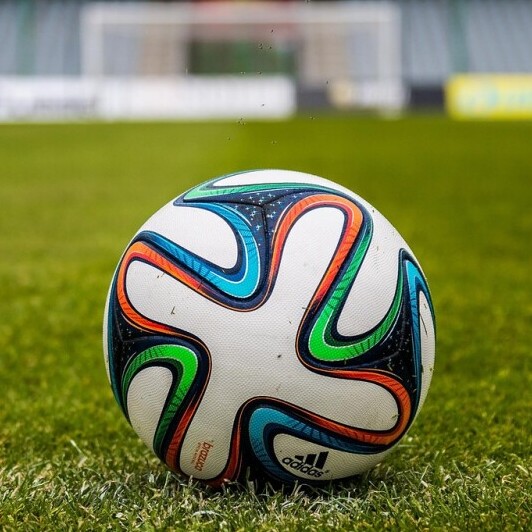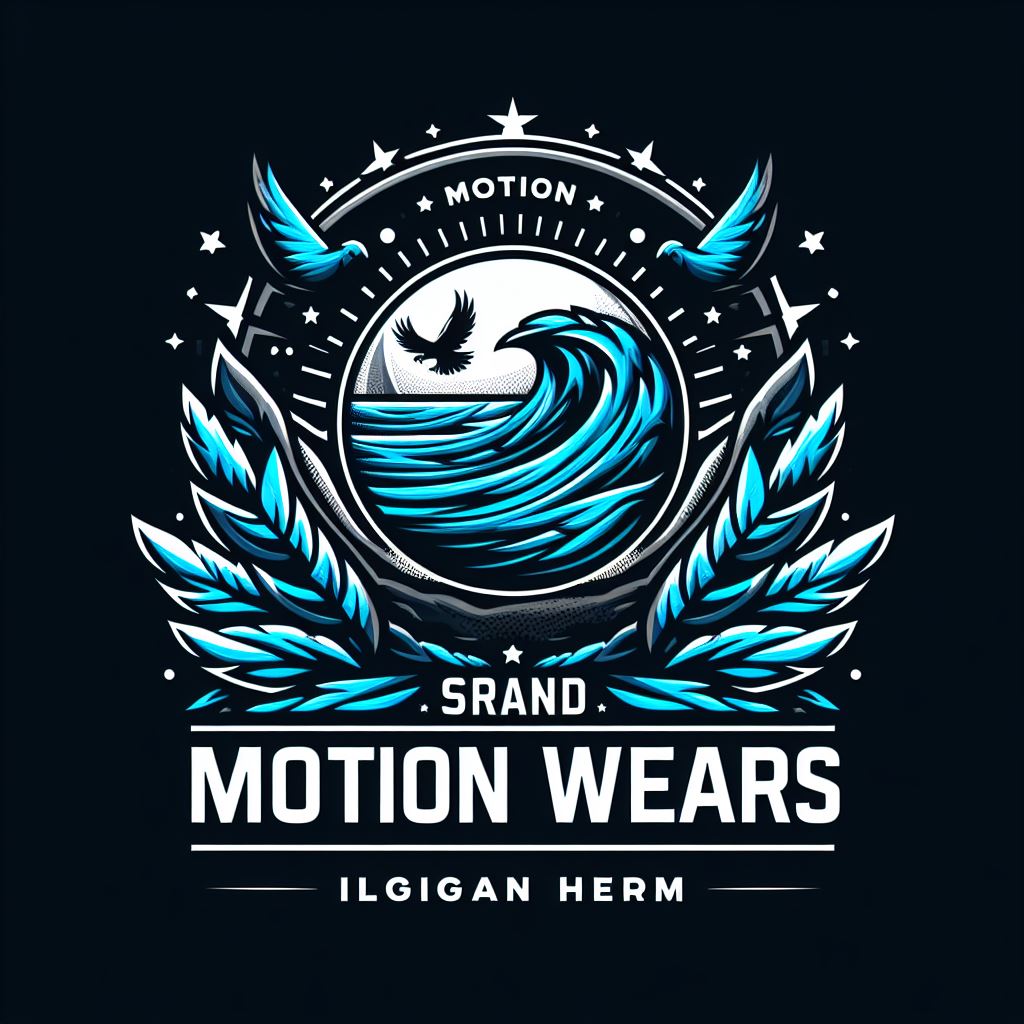
Choosing the right soccer ball starts with understanding the basics. Soccer balls aren’t all created equal. They come in different types, sizes, and materials, each designed for specific uses and players.
First up, types of soccer balls. Match balls are designed for professional and competitive play. They’re crafted for precision and control. Training balls, on the other hand, are built to withstand rigorous practice sessions. Recreational balls are more affordable and great for casual play.
Size matters, too. Soccer balls come in sizes ranging from 1 to 5. Size 5 is standard for adults and teens, while size 4 works better for younger players around 8-12 years old. Even smaller than those, size 3 is suited for kids under 8. There’s also the mini size 1 usually used for skills training and fun.
Let’s talk materials. Synthetic leather is the most common and is generally durable and resistant to water. Natural leather offers the best feel but absorbs water, making it heavier and less ideal for wet conditions. Hybrid balls combine both to give you a balance of performance and durability.
Construction plays a huge role in how a ball performs. Stitched balls are durable and often more affordable, suitable for rough use. Thermally bonded balls offer a more consistent shape and panel connection, giving better aerodynamics and less water uptake. Perfect for high-stakes moments when every touch counts.
Factors to Consider When Choosing a Soccer Ball

Your skill level is a huge factor when picking a soccer ball. Beginners might benefit more from a durable, all-around option that can handle various surfaces and lots of practice. Intermediate to advanced players might seek higher-quality balls that enhance touch and precision.
Where you play most of your games also influences your choice. Grass fields usually need a standard soccer ball, but if you mainly play on turf, an option specifically designed for synthetic surfaces would be better. Indoor soccer requires a smaller, low-bounce ball to handle the confined space.
Weather conditions matter too. In wet climates, you’d want a ball that’s water-resistant or even waterproof. Durability is key here, especially if you play in areas with harsh elements like extreme heat or cold.
Budget sets the boundaries of your choice. While high-end balls perform exceptionally, you don’t always need to spend a lot to get a decent soccer ball. There are affordable options that are great for casual play or training. Just be sure to balance cost with your specific needs and playing frequency.
Top Soccer Ball Brands and Models


When it comes to soccer balls, brand reputation makes a difference. Brands like Adidas, Nike, Puma, and Select are well-known for delivering quality and performance across various models.
For competitive play, high-performance models are where you want to focus. The Adidas UEFA Champions League ball, for instance, is a standout with its seamless design and top-notch durability. Nike’s Flight ball is another popular choice among professionals, designed for true flight and stable trajectory.
If you’re looking for budget-friendly options, there are still excellent choices. The Puma Rapid Soccer Ball is affordable yet reliable for casual play. Select’s Classic model also offers great value without compromising too much on performance.
Customer reviews and expert recommendations provide valuable insights. Many online platforms offer user reviews that detail the pros and cons of different models. Experts often highlight unique features that make each ball suitable for various types of play. It’s smart to check these resources to ensure you’re getting a soccer ball that meets your expectations.
Maintenance and Care Tips for Longevity
Proper care ensures your soccer ball lasts longer and performs at its best. The first step is maintaining the right pressure. Overinflated or underinflated balls don’t perform well and can get damaged more easily. Use a reliable pump and a pressure gauge to keep your ball inflated to the recommended level, usually printed around the valve.
Cleaning your soccer ball keeps it in good shape. After each game, wipe it down with a damp cloth to remove dirt and grime. For tougher stains, a mild soap solution works wonders. Avoid submerging the entire ball in water, and always dry it with a soft cloth.
Storage is key to extending your ball’s lifespan. Always store your soccer ball in a cool, dry place. Avoid exposure to direct sunlight for prolonged periods, as this can weaken the material. Using a dedicated ball bag can also prevent unnecessary wear and tear during transportation.
Even with the best care, soccer balls face common issues like leaks and deformations. Small punctures can often be repaired with a patch kit. However, if you notice significant damage or the ball doesn’t hold air well anymore, it’s time to consider a replacement.
Following these simple maintenance tips ensures your soccer ball stays in top condition, game after game. With the right care, you’ll get the most out of your investment and more enjoyable playtime on the field.
